Latest Posts
Nicknamed the “The King of Fashion,” Paul Poiret was known for turning nineteenth-century couture tradition on its head and ushering in the modern era of garment design. Born on April 20, 1879, in Paris, he is notable for using Asian, Eastern European, and North African design elements, emphasizing draping rather than tailoring, and moving away from petticoats and corsets—returning to a natural waistline.
All of this resulted in new, exciting, and liberating shapes, such as the “lampshade” tunic silhouette of the Sorbet evening gown (1913). Today, only three examples of this dress exist, and CHM’s version is the only one that follows the original sketch featured in the 1913 Gazette du Bon Ton.
Of course, such a remarkable gown would come to the Museum’s Costume and Textiles Collection with a fantastic backstory. It was owned and donated by Anita Carolyn Blair, the granddaughter of the founder of Merchants National Bank. She wore the Sorbet dress to a debutante ball in Chicago in 1913. Blair’s bold and possibly scandalous choice would have certainly stood out in a room full of corseted dresses, upstaging everyone else. See it up close.
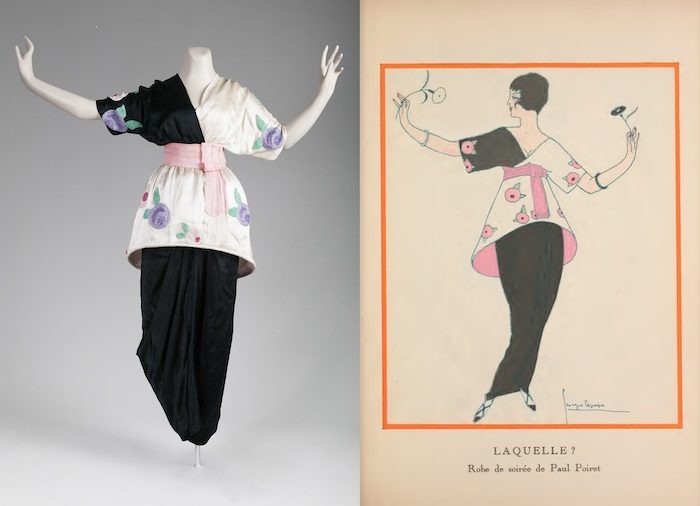
CHM, ICHi-063292. Gazette du Bon Ton courtesy of the Smithsonian Libraries.
With more than 50,000 costumes and textiles dating from the eighteenth century to the present, the Museum’s world-renowned Costume and Textiles collection is noted for both its size and the quality of its holdings. A selection of objects are viewable online, such as Abraham Lincoln’s top hat, Michael Jordan’s shoes, and Bertha Honoré Palmer’s couture gowns. Explore the collection.
Story Time
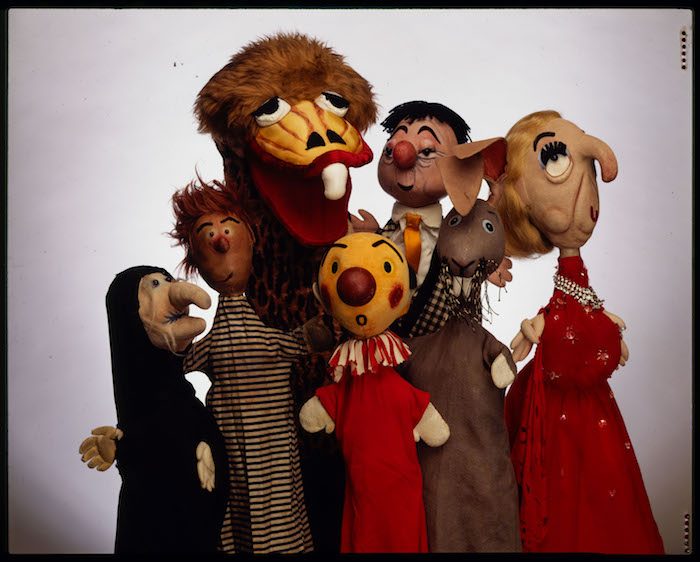
Read or listen to the audio of the Best of the Fair, then make a puppet of your favorite character. Use your puppet to tell your favorite part of the story or to make up a new part. Share your puppet and story on social media using the hashtag #CHMatHomeFamilies.
Map Your Visit to the Fair
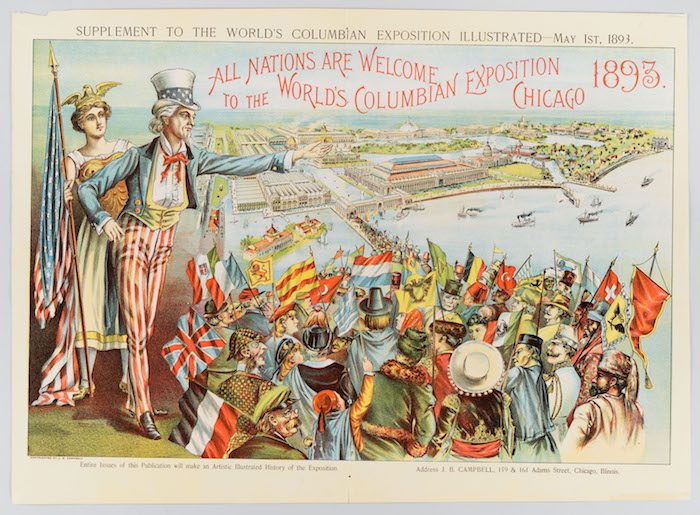
Use a map of the 1893 fairgrounds to plot your imaginary visit to the world’s fair! Along the way, discover some of the exciting buildings, rides, and amusements. Share your maps and drawings on social media using the hashtag #CHMatHomeFamilies.
Souvenir Shopping
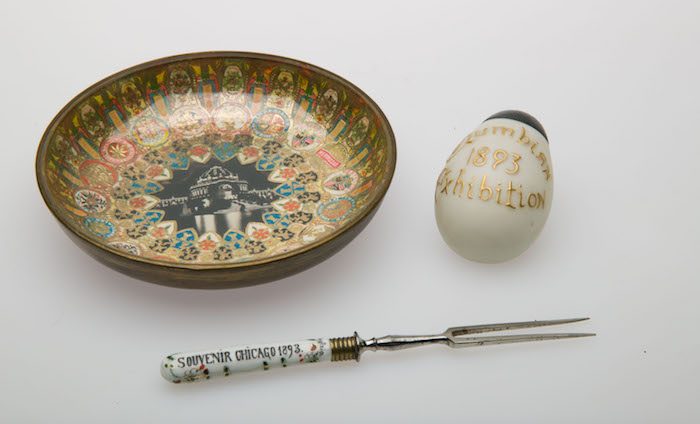
Souvenirs help us remember the places we have visited and fun times we’ve had. People who went to the 1893 world’s fair bought lots of souvenirs! Have fun solving riddles to match them to the right souvenir. Draw a picture of your favorite or make it out of clay or playdough. Share your souvenirs on social media using the hashtag #CHMatHomeFamilies.
Design It!
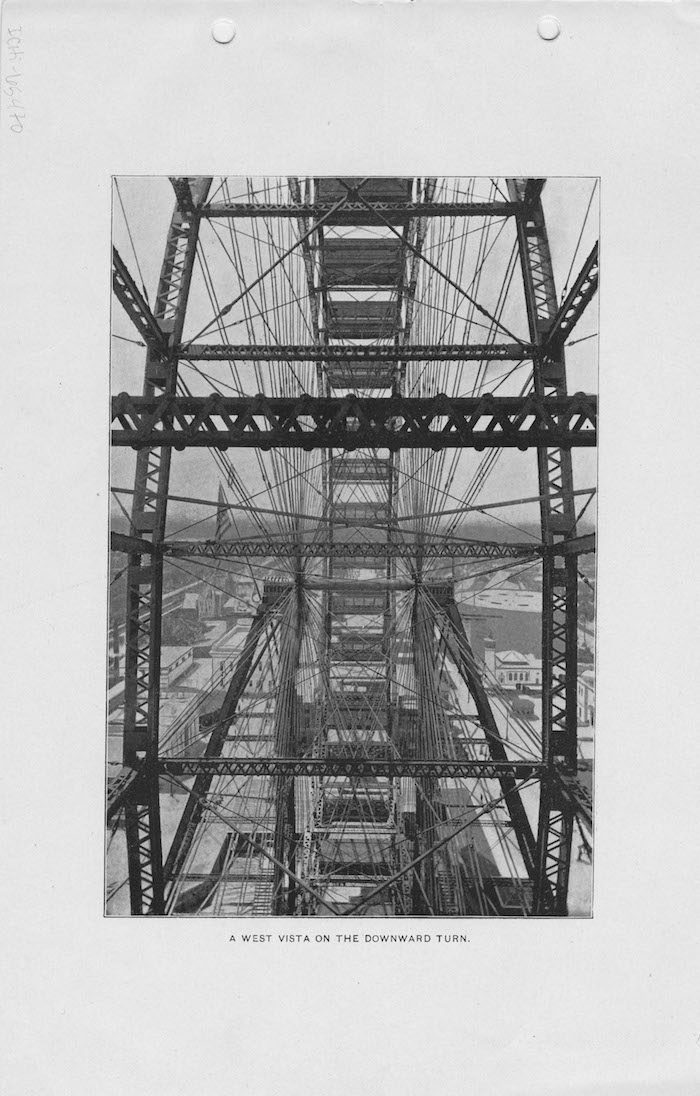
What would a modern world’s fair include? Be a designer and make a prototype of an invention you would display or create a map showing what your modern fair would offer. Share your inventions or maps on social media using the hashtag #CHMatHomeFamilies.
Hood by Hood: Discovering Chicago’s Neighborhoods
Explore the rich cultures of Chicago’s 77 neighborhoods through our weekly challenge! Every Monday, delve into the history of a Chicago neighborhood and the tests that migrants, immigrants, and refugees faced as they arrived. Learn about the choices these communities made and discover how they changed the city. Each weekly challenge comes with a short article on the neighborhood’s history, a visual activity, a read-along audio, a short video, and a Chicago neighborhood star activity.
Barrio por Barrio: Descubriendo los Vecindarios de Chicago
Explora la riqueza cultural de los 77 vecindarios de Chicago a través de Hood by Hood: ¡Descubre los barrios de Chicago en esta reta semanal! Cada semana, explora la historia de los barrios de Chicago y los desafíos que enfrentan los migrantes, inmigrantes y refugiados en la ciudad de Chicago. Explora las decisiones que estas comunidades tomaron y los cambios que hicieron en la ciudad. Cada desafío viene con un breve artículo sobre la historia del vecindario, una actividad visual, un audio de lectura, un video corto y una actividad de estrellas del vecindario de Chicago. Cada semana, se publicará una nueva reta. Los recursos para este desafío provienen de nuestro programa Literaturas de Chicago con las escuelas CPS.
Storytelling is at the core of who we are as humans. It is how we learn, identify ourselves, and connect to others in the past, the present and the future. Oral history is both one of the oldest historical methods and one of the most modern, using and taking advantage of the latest digital technologies. In today’s activity, teens will learn how to conduct an oral history interview as they talk to a household member about their experience of the global pandemic. Share your findings with us with the hashtag #HistoryatHomeTeens.
Chicago is famous for foods such as hot dogs, deep-dish pizza, and the fabulous neighborhood restaurants that feature food from around the world. The Chicago History Museum has many food-related items in our collection—menus, invitations to fancy dinners, cookbooks, and photographs of restaurants that all tell us the city’s food history. Families share history through their food too! Sometimes there’s a special recipe handed down from one person to another or families start their own traditions such as celebrating a birthday with a family member’s favorite dish. Today’s activity is all about your family’s favorite foods!
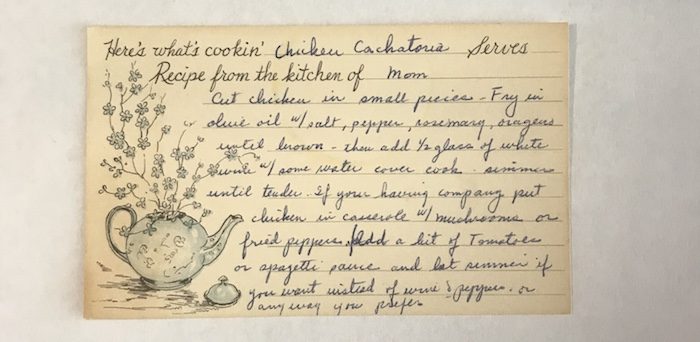
What do your favorite foods say about your family? Explore recipes and traditions around food and celebrate your family! Share your family’s favorite foods on social media using the hashtag #CHMatHomeFamilies
Sometimes we learn our family history through the stories we tell. These stories are called oral histories and are a very important and fun way to learn about the past. Make sure your family stories are saved by having younger family members interview older family members. You might be surprised what you learn when you ask a family member to share their memories of growing up, moving, or work!

Important family history is preserved through the stories we tell. Explore your family history and pass your stories from one generation to the next through this easy interview activity. Share your story on social media using the hashtag #CHMatHomeFamilies
Even the most ordinary day is important and helps historians understand how people lived in different time periods. We can learn about people’s daily lives thanks to letters, diaries, journals, and scrapbooks. More recently, blogs and vlogs also record everyday life. In today’s challenge, you get to document one day in your life, then choose how to share the story of your day with your family and friends.
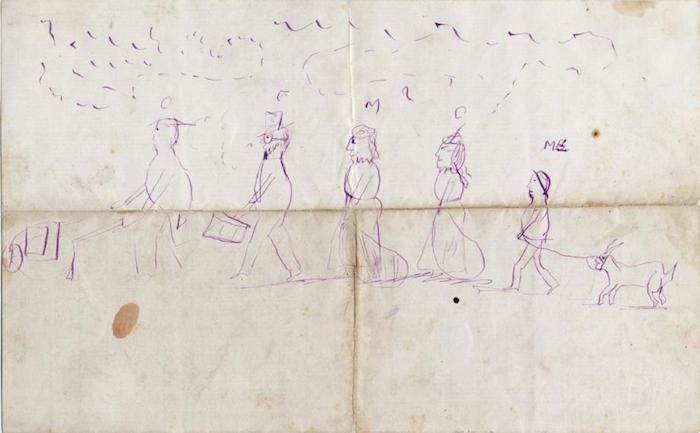
Historians learn about the past from ordinary people who took the time to record details of their everyday lives. Now it’s your turn to share the story of your day! Share your stories on social media using the hashtag #CHMatHomeFamilies.